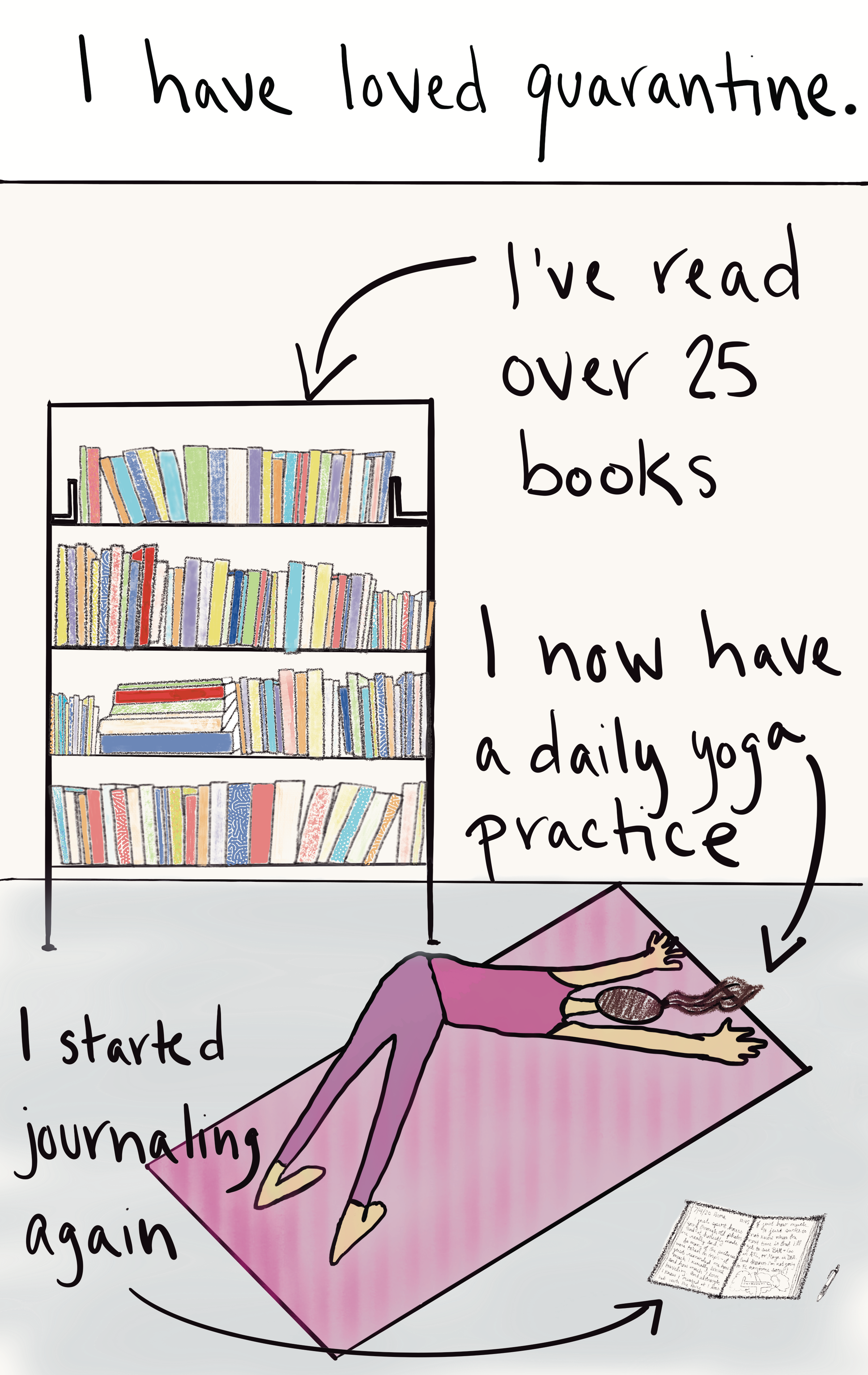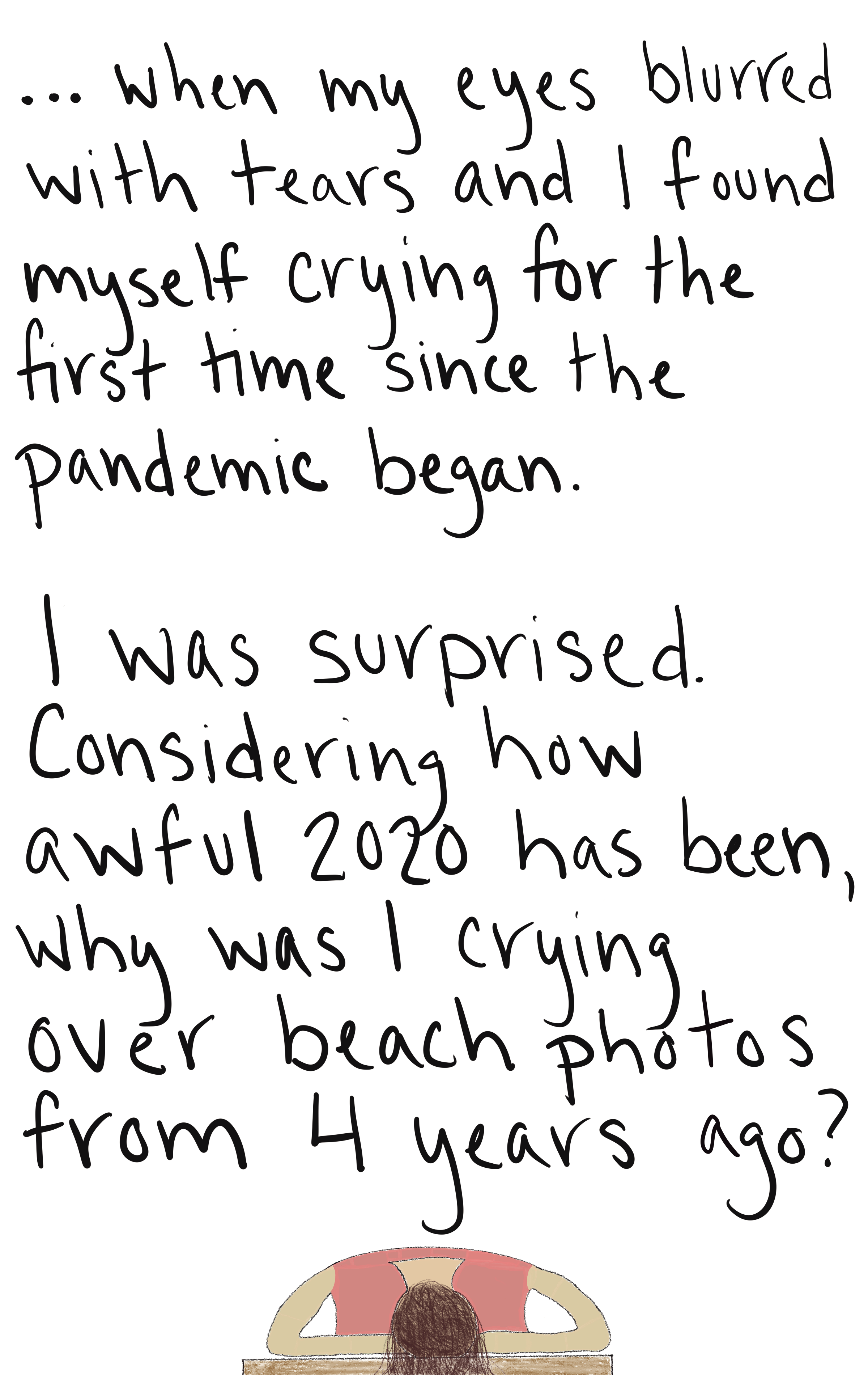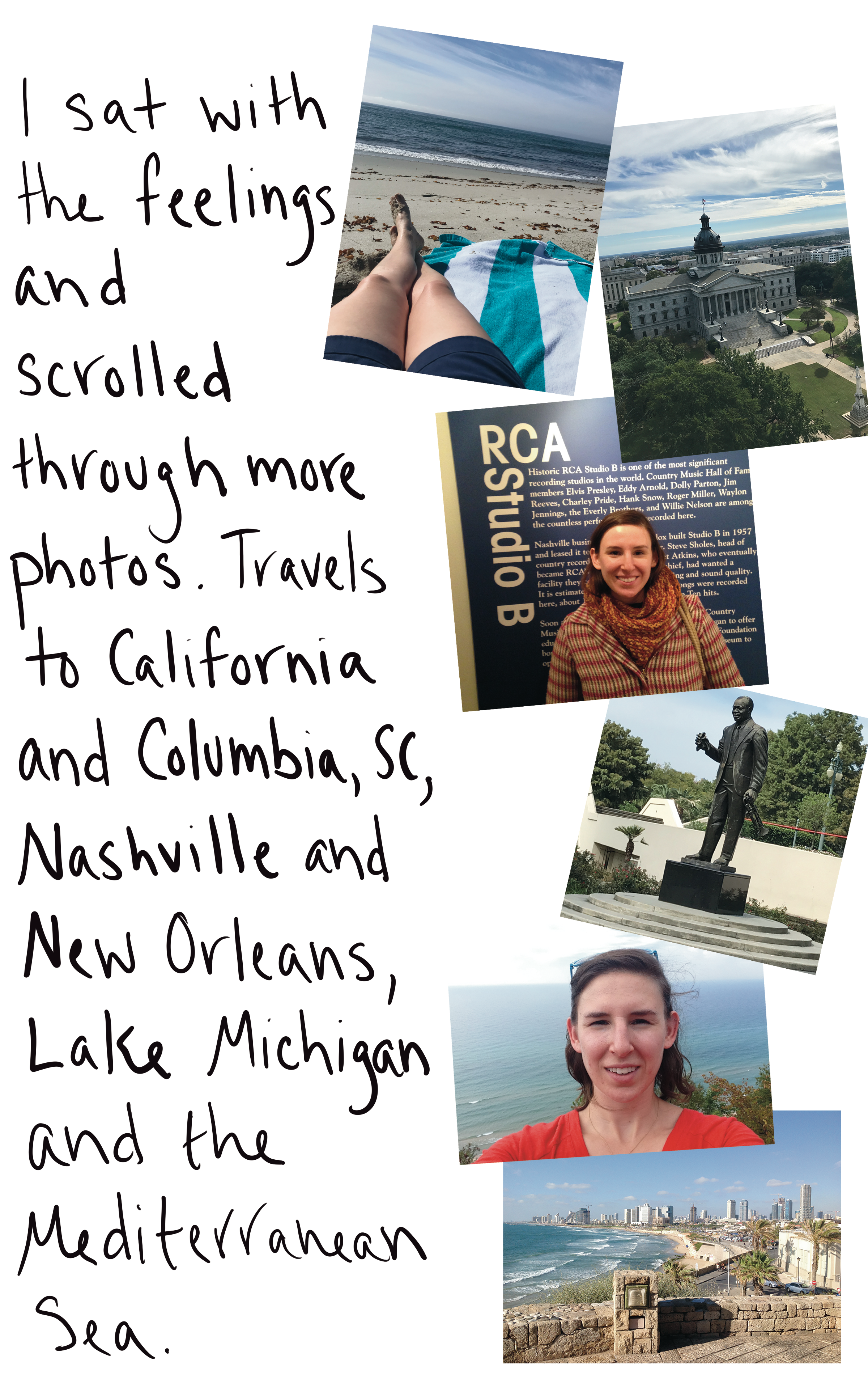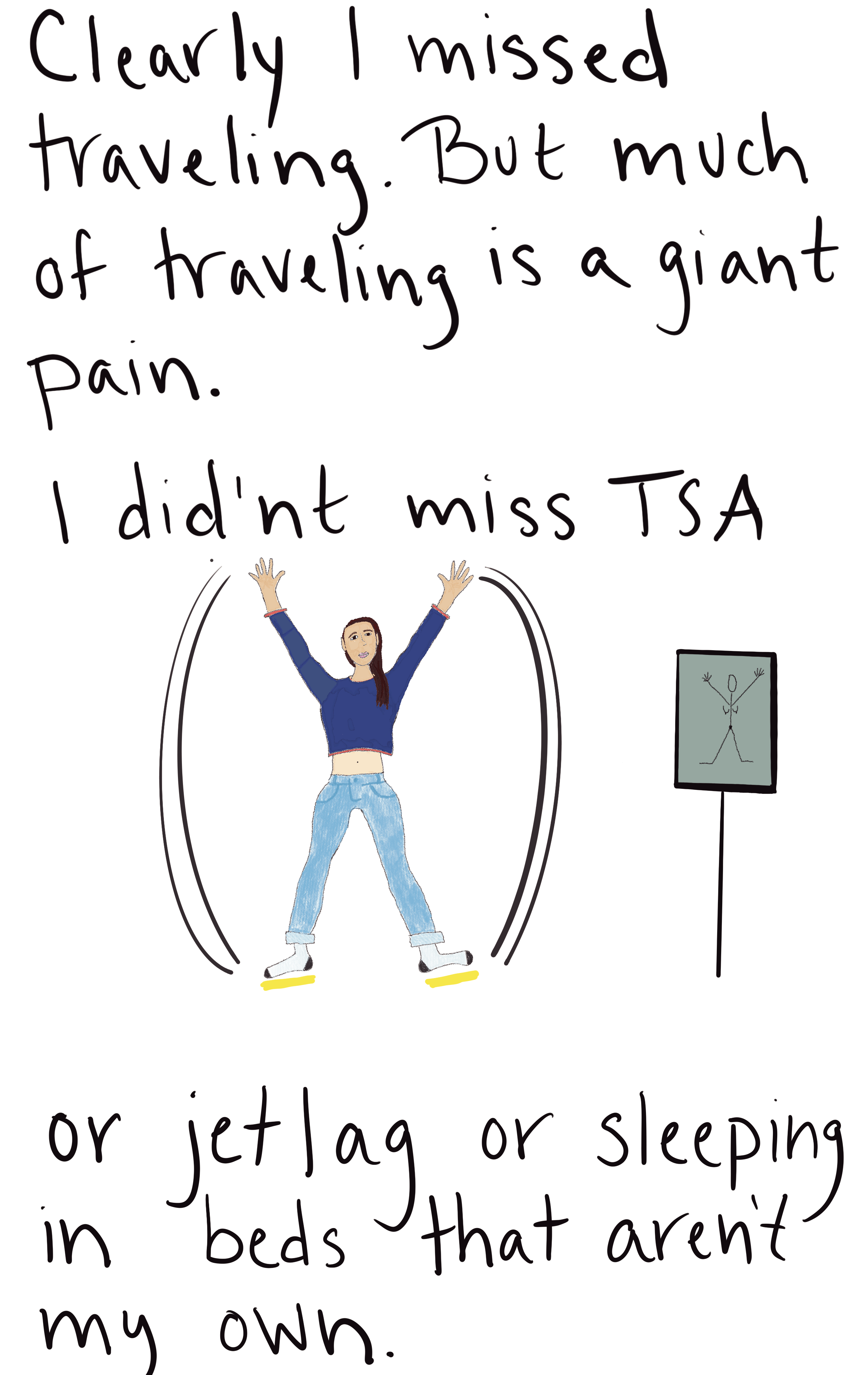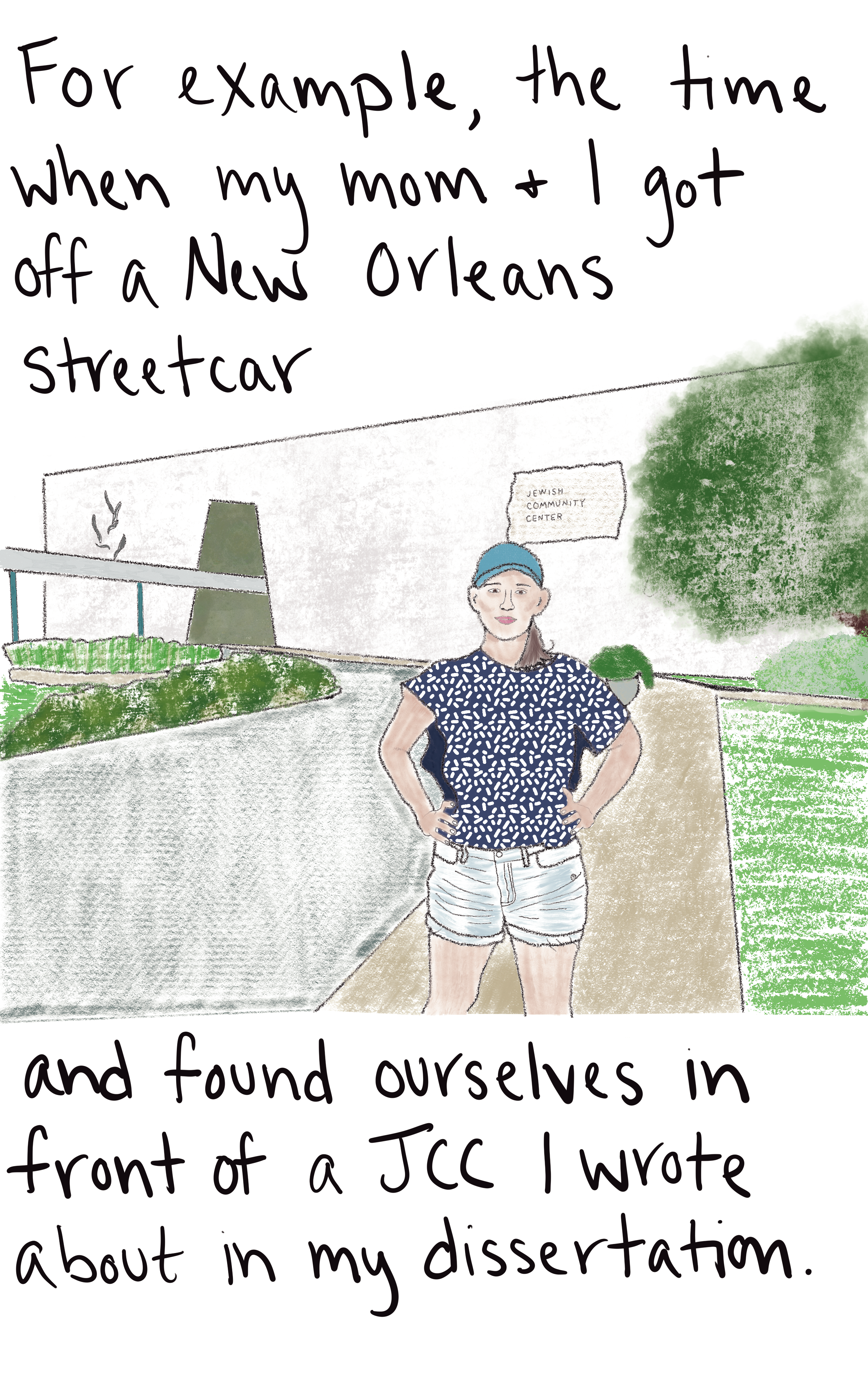Here's what captured my attention this week...
I'm reading: Too Fat, Too Slutty, Too Loud by Anne Helen Peterson, which I stalled out on because I picked up and finished two other books this week. I mostly read Educated, by Tara Westover, in one sitting yesterday morning and found it enjoyable but not radically different from Jeannette Walls's The Glass Castle. If you loved that book, you'll find much to like in Westover's memoir, but you might also be underwhelmed by Westover's insights into the value of education.
The other book I devoured this week, The Weight of Ink by Rachel Kadish, kept me reading past my bedtime each night. On Tuesday I actually went in to work two hours late because I had to finish it. It's the story of Helen Watt, a historian in London who is nearing her retirement. She receives a call from a former student who recently inherited a house and discovered a stack of documents hidden in the woodwork underneath the stairs. He summons her because he remembers she is an expert in early modern Jewish history, and some of the documents seem to include Hebrew. Watt enlists an American graduate student to aid her, and the two discover that the documents were written in the 1660s by a woman scribe. Alternating between the perspectives of Helen and Aaron (her graduate student) in 2000 and Ester the scribe in the 1660s, The Weight of Ink slowly unfurls the mystery of how Ester came to be a rabbi's scribe, how the documents survived until the twenty-first century, and how Helen and Aaron manage to decipher their significance.
I loved this novel for reasons both particular to the story and personal. I cannot emphasize enough how much historical research went into its writing. Every period detail is specific and vivid, from how linens were laundered to what it would have felt like to walk through the London Bridge. Meanwhile the modern sections accurately capture the militancy of archivists and the petty egotism of academia. The result is scenes that construct themselves in your minds eye, without the prose ever being overburdened by descriptive flourishes. It's a beautiful read, but never difficult.
Furthermore, The Weight of Ink asks provocative questions: How do you balance your personal truth and desires against the beliefs and standards of a broader world or community? And who do you hurt more in the process, yourself or others? Is self-preservation a selfish or a radical act? I do not want to say much more, for fear of spoilers, so trust me when I say that Kadish skillfully incorporates these questions into the narrative in a way that feels organic to the characters and organically complicated--there's enough resolution to feel satisfying, but not pat.
Finally, this novel reminded me why I should not give up on being a historian. Since leaving academia, I've been more keenly attuned to the groupthink, egotism, and elitism that pervades professional historical practice. That's my own baggage, for another post, but reading The Weight of Ink helped me recall what I love about writing history: ensuring a legacy for those who can no longer tell their stories. For too long I've focused on "uncovering truths" and "connecting the past and present," both of which are important and essential functions of the historian--but not the only functions. Sometimes it's enough to tell a person's story, if you believe that the work they did in life mattered. It won't necessarily interest anyone else, or get published, or get you tenure. But we should not always write history to further our own ambitions, nor should we neglect our own desires as storytellers.
tl;dr: I highly recommend The Weight of Ink.
I'm listening to: The new album from Columbian pop star Maluma, F.A.M.E., which just dropped this month. A beauty influencer I follow on Instagram was really excited about its release so I saved the album to my Spotify library and have been really enjoying listening to it on my walks around the neighborhood and while I'm cleaning up the kitchen. Most of the tracks are peppy reggaeton, so it keeps you upbeat without tipping over into hectic.
